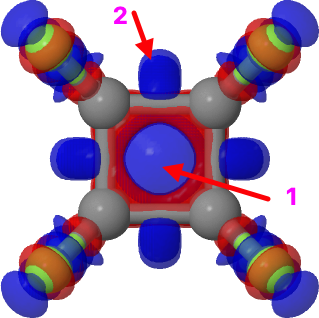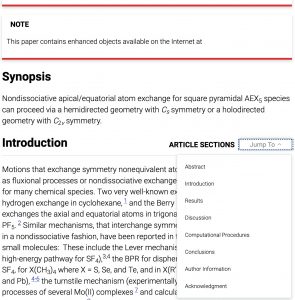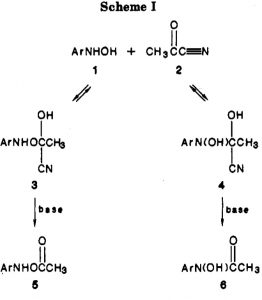
Derek Lowe reports the story[cite]10.1126/science.abq0516[/cite] that the recently synthesized octafluorocubane can absorb one electron to form a radical anion – an electron in a cube . So I thought it would be fun to compute exactly where that electron sits!


